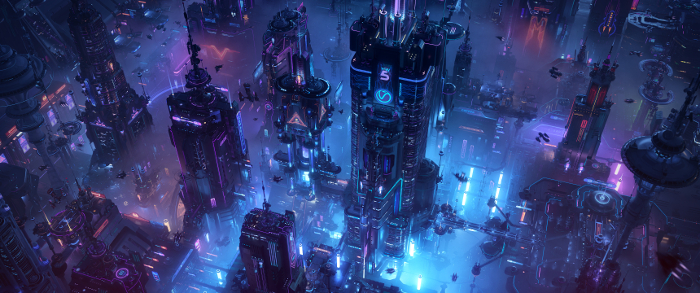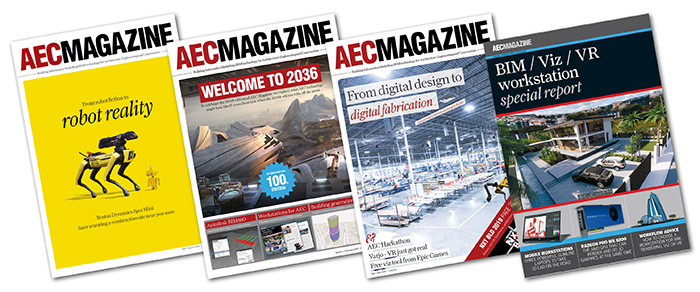Photorealistic ray tracer adds post-rendering compositing and lighting tools, to provide a ‘more complete rendering toolset’
Chaos Group is looking to connect its photorealistic renderer V-Ray to more parts of the visualisation process. With V-Ray 5 for 3ds Max, launched today, artists and designers can now composite renders, enhance materials and interactively relight images without leaving the program.
Two of V-Ray 5’s key additions – Layer Compositing and Light Mix – can be found in the new V-Ray Frame Buffer (VFB), which has also been redesigned for ‘efficiency and a cleaner look’.
With Light Mix, artists can interactively explore different lighting scenarios without having to re-render an image. Users can now adjust the color and intensity of any light source right away, ensuring faster iterations when designing looks and moods.
The Layer Compositor is said to offer a faster path to final images, helping users post-process shots in the new VFB without outside applications. According to Chaos Group, this non-destructive workflow allows artists to adjust different render elements and perform colour corrections with ease.
V-Ray 5 also adds seven features and improvements tailored to materials, including a new management system and over 500 readymade materials designed to cover most objects and spaces. New built-in presets can help dial-in everyday options like metal, glass and plastic, as well as common hair colours.
New randomisation tools allow artists to add slight variations to their materials, increasing believability across a scene. VRayMultiSubTex colours can now be shifted by hue, saturation and gamma, while a new VRayUVWRandomizer map will adjust the offset, rotation and scale of both textures and procedural materials. For repeating texture maps, artists now have Stochastic Texture Tiling, which automatically removes tiling artifacts.
Full details of all the new feature can be found on the V-Ray 5 for 3ds Max product page. Chaos Group will also be hosting a webinar and live Q&A on June 23. A full workstation licence costs $1,180 with term licensing available at $470 (annually) and $80 (monthly).
Chaos Group has also launched V-Ray Collection, a new offering designed to help artists connect their entire creative pipeline through a single floating licence.
V-Ray Collection offers instant access to 15 products and services for $699/year, including the latest versions of V-Ray, Phoenix FD, Project Lavina, and the high-res material library, VRscans, on the same machine. Users will receive free upgrades for the life of their licence, as well as 20 Chaos Cloud credits every year.
If you enjoyed this article, subscribe to our email newsletter or print / PDF magazine for FREE







